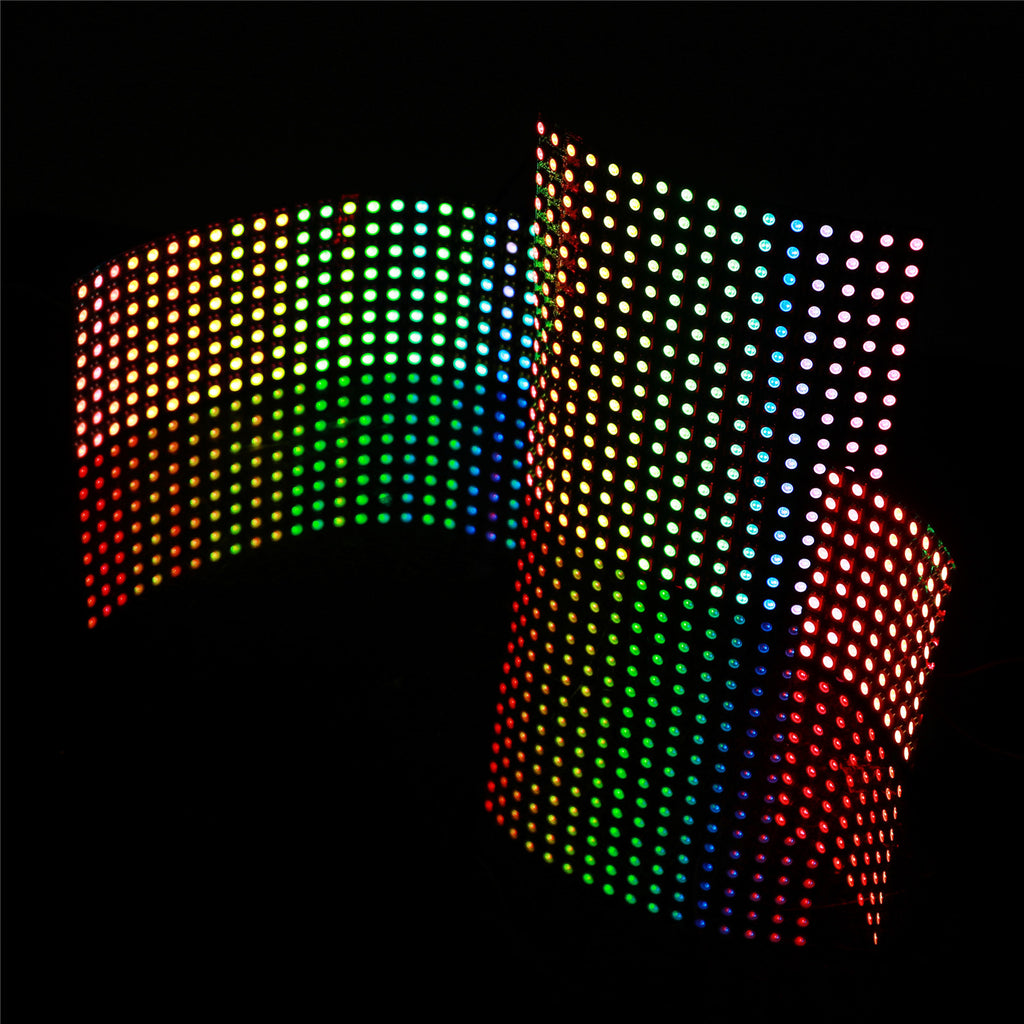
- #Diy rgb panel how to#
- #Diy rgb panel driver#
- #Diy rgb panel manual#
It will be mounted as a mass storage device named "RPI-RP2".Press and hold the BOOTSEL button, then plug the Pico into the USB port of your Raspberry Pi or other computer.Download blink.uf2 ("Blink LED" flash file).The following is an example of programming a simple "blinking LED" program: Raspberry Pi official introductory tutorial P38~P44ĭownload and burn programs C++ SDK program programming.Instructions: Before running the installation script, you should make sure that the operating system on your Raspberry Pi is up to date.įor Windows development environment construction, please refer to:

If you plan to develop for Pico on the Raspberry Pi, you can quickly set up the C/C++ toolchain by running our " setup script" from the command line. Raspberry Pi development environment setup
#Diy rgb panel manual#
You can directly refer to the Offical manual of Raspberry Pi.
#Diy rgb panel how to#
Optional: If you feel that the RGB LED Matrix is too bright, you can stick the black Acrylic font panel on the Matrix.Ĭ++ SDK Development Tutorial Development environment setupįor a complete tutorial on how to get started with the C/C++ SDK,.Assemble the Acrylic backplane and fix it with magnetic screws.

#Diy rgb panel driver#
Connect the cable which is cut in the last step to the RGB LED Matrix and the driver board. Cut the adapter cable (about 10cm) by plier. Align the pin header which is marked in red and then connect the RGB LED Matrix panel to the driver board. Micro USB cable (must be purchased separately). Raspberry Pi Pico (must be purchased separately, if not, it is recommended to buy a version with soldered headers, which is convenient for direct insertion and use). Pico-RGB-Matrix-P3-64 x 32 (this product). See detailed hardware design of the circuit diagram. I2C clock pin, used to control DS3231 RTC clock chip I2C data pin, used to control DS3231 RTC clock chip KEY2 button,-/ UP button of digital clock, can also be customizedīOOT button, can be used for Pico burning program (long press BOOT, then press RESET to enter the firmware download mode) KEY1 button, + / Down button of digital clock, can also be customized KEY0 button, the MENU menu of the digital clock, can also be customized Pins used by other resources of the board Usage ScenariosĭIY Maker Desktop Or Wall Mount Display, Signboard, Environment Monitor. Note: The power supply port (VCC and GND) of the display is 5V, do not connect to other power supply voltages, or you will burn the display. Provides open-source development resources and tutorials, for use with Raspberry Pi, Pico, ESP32, Arduino, and so on. Onboard two HUB75 headers, one for controller data input, one for output, and chain support. 192 x 96mm dimensions, moderate size, suitable for DIY desktop display or wall mount display. 64 x 32 pixels, 3mm pitch, allows displaying text, colorful images, or animation. 2048 individual RGB LEDs, full-color display, adjustable brightness. RGB Full-Color LED Matrix Panel, 64 × 32 Pixels, Adjustable Brightness 
6.3.1 Tetris clock (with network calibration). 6.2 ESP32 connection pin correspondence. 3.5.1.1 Windows development environment (Mu Editor) build and use. 3.4.1.2 Windows development environment setup. 3.4.1.1 Raspberry Pi development environment setup.







 0 kommentar(er)
0 kommentar(er)
